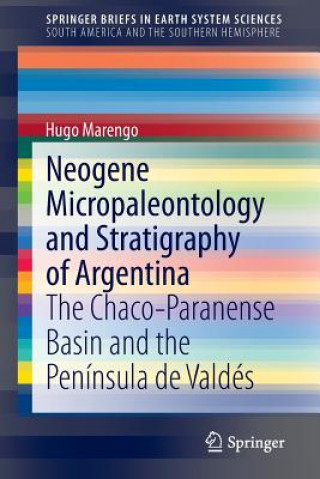
Kód: 08021928
Neogene Micropaleontology and Stratigraphy of Argentina
Autor Hugo Marengo
The micropalaeontologic composition and some sedimentologic features were studied in 18 boreholes in the Chacoparanense and Salado Basins, and it was evaluated information from about 180 additional boreholes. Two marine levels wer ... celý popis
- Jazyk:
 Angličtina
Angličtina - Vazba: Brožovaná
- Počet stran: 218
Nakladatelství: Springer International Publishing AG, 2015
- Více informací o knize

1681 Kč

Skladem u dodavatele v malém množství
Odesíláme za 12-17 dnů
Potřebujete více kusů?Máte-li zájem o více kusů, prověřte, prosím, nejprve dostupnost titulu na naši zákaznické podpoře.
Přidat mezi přání
Mohlo by se vám také líbit
-
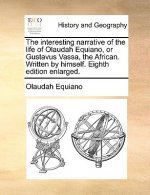
Interesting Narrative of the Life of Olaudah Equiano, or Gustavus Vassa, the African. Written by Himself. Eighth Edition Enlarged.
1003 Kč -
![Vengeance Is Mine. [A Novel.] Vengeance Is Mine. [A Novel.]](https://media.libris.to/jacket/08048451t.jpg)
Vengeance Is Mine. [A Novel.]
741 Kč -

Broken Wheel
446 Kč -
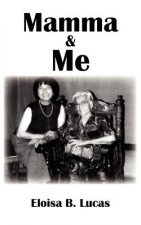
Mamma and Me
490 Kč -

Voices at Midnight
366 Kč -
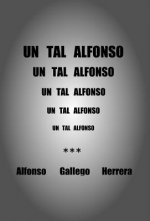
Tal Alfonso
821 Kč -

I Am Not God and Neither Are You
879 Kč
Dárkový poukaz: Radost zaručena
- Darujte poukaz v libovolné hodnotě a my se postaráme o zbytek.
- Poukaz se vztahuje na celou naši nabídku.
- Elektronický poukaz vytisknete z e-mailu a můžete ihned darovat.
- Platnost poukazu je 12 měsíců od data vystavení.
Více informací o knize Neogene Micropaleontology and Stratigraphy of Argentina
Nákupem získáte 168 bodů
 Anotace knihy
Anotace knihy
The micropalaeontologic composition and some sedimentologic features were studied in 18 boreholes in the Chacoparanense and Salado Basins, and it was evaluated information from about 180 additional boreholes. Two marine levels were recognized interbedded with continental sediments; each marine level is characterized by specific associations of foraminifers, ostracods and calcareous nannoplankton. The lower marine level was erroneously assigned in the past to the Maastrichtian-Danian; it is called the Laguna Paiva Transgression (TLP) and bears microfossils of Late Oligocene?-Early Miocene age. The upper marine level corresponds to the Paraná Formation or the Entrerriense-Paranense Transgression (TEP), from the Middle-Late? Miocene. Both transgressions flooded the whole Pampa and Chaco Plains and reached some sectors in the Sierras Pampeanas, Cuyo and Northwest of Argentina; the TLP and TEP can be correlated respectively with the Leonense and Entrerriense transgressions in the Patagonia. In the Salado Basin the TLP is characterized by microfaunas with low to moderate diversity, dominated by Elphidium spp., Cribroelphidium spp., big and ornamented miliolids, ostracods and nannofossils belonging to the biozones NP25-NN1 (Chatian-Aquitanian); in the Chacoparanense Basin, Cribroelphidium, Nonion, Ammonia and Peneroplis are the most outstanding genera. The microfaunas of the TEP belongs to the P. tuberculatum informal Zone; nannofossils of the Salado Basin are typical of the Biozone NN6 (Middle Serravalian). The microfossil assemblages suggests tropical to subtropical climates during the TLP. The water temperature could be higher than today s adjacent seas during the TEP, but lower than during the TLP. The first calcareous nannoplankton recovery is reported from both the TLP, the TEP and from the Miocene of Argentina. The samples with maximum abundance and diversity of foraminifers and ostracods may represent the levels of maximum flooding in the Salado Basin. To the continental interior the microfaunas become poorer, reaching the NW and NE of Argentina with few species typical of brackish environments. The geographic distribution of the microfossils indicates that both transgressions flooded from the Salado Basin to the north. Ihering (1927) pointed out the similarities between the Caribbean and Argentinean marine faunas during the Miocene; he supposed a migration of the faunas from north to south trough an hypothetic intracontinental seaway, The Arm of Tethys . The collected data demonstrate that this migration was not possible trough the continental interior, and probably it was done by the eastern continental platform of South America. The Laguna Paiva Formation is formaliced and the Chaco Formation is redefined; the latter was also divided into the Palermo, San Francisco and Pozo del Tigre Members. The Chaco, Laguna Paiva and Paraná Formations are clustered in the Litoral Group, representing the main filling of the Basin during the Cenozoic. The Litoral Group is essentially continuous, but there is a discordance between the Laguna Paiva and Paraná Formations in the centre of Formosa, that could be correlated with the Quechua I tectonic phase. There is a good correlation between the TLP and TEP microfossil ages, the global eustatic changes, and the convergence rate and obliquity between Nazca and South America plates. This provide an indirect way to estimate the length of both transgressions, and the factors that produced them. This correlation suggests that both transgressions were produced by the combination of tectonic and eustatic features. The following geologic and paleogeographic evolution in the Neogene of the Chacoparanense Basin is estimated: from the end of the Serra Geral basaltic extrusion (Early Cretaceous) the Chacoparanense region was an upland, and the continental sedimentation was probably limited to isolated areas. About at the end of the Oligocene (c. 26 My) there was an important increase in the Nazca-Sout
 Parametry knihy
Parametry knihy
Zařazení knihy Knihy v angličtině Earth sciences, geography, environment, planning Earth sciences Palaeontology
1681 Kč
- Plný název: Neogene Micropaleontology and Stratigraphy of Argentina
- Podnázev: The Chaco-Paranense Basin and the Península de Valdés
- Autor: Hugo Marengo
- Jazyk:
 Angličtina
Angličtina - Vazba: Brožovaná
- Počet stran: 218
- EAN: 9783319128139
- ISBN: 3319128132
- ID: 08021928
- Nakladatelství: Springer International Publishing AG
- Hmotnost: 3999 g
- Rozměry: 235 × 155 × 9 mm
- Datum vydání: 20. February 2015
Oblíbené z jiného soudku
-
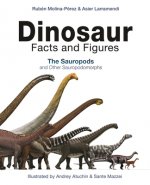
Dinosaur Facts and Figures
846 Kč -
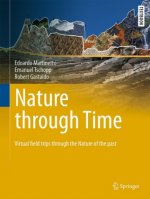
Nature through Time
1973 Kč -
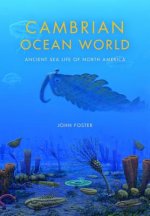
Cambrian Ocean World
1277 Kč -
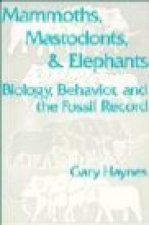
Mammoths, Mastodonts, and Elephants
1641 Kč -

Rise and Fall of the Dinosaurs
571 Kč -
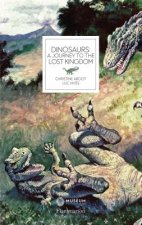
Dinosaurs
276 Kč -
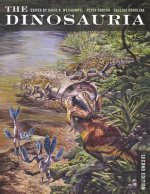
Dinosauria, Second Edition
1719 Kč -
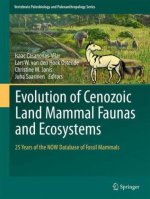
Evolution of Cenozoic Land Mammal Faunas and Ecosystems
3436 Kč -
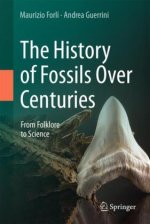
History of Fossils Over Centuries
5391 Kč -
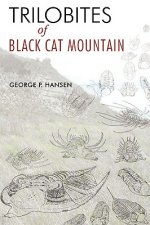
Trilobites of Black Cat Mountain
834 Kč -
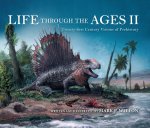
Life through the Ages II
613 Kč -
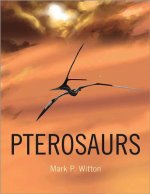
Pterosaurs
812 Kč -
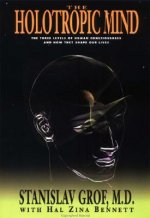
Holotropic Mind
354 Kč -
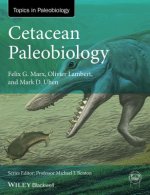
Cetacean Paleobiology
2029 Kč -
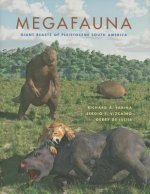
Megafauna
1364 Kč -

Sauropod Dinosaurs
855 Kč -
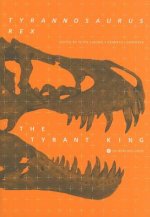
Tyrannosaurus rex, the Tyrant King
1347 Kč -
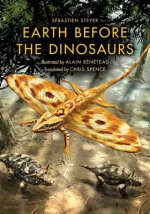
Earth before the Dinosaurs
1088 Kč -
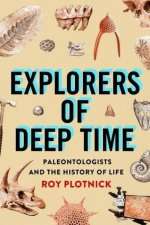
Explorers of Deep Time
1034 Kč -
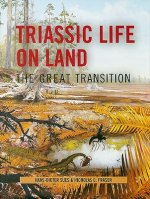
Triassic Life on Land
2763 Kč -
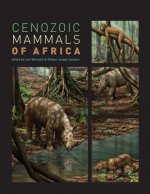
Cenozoic Mammals of Africa
2936 Kč -
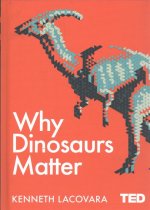
Why Dinosaurs Matter
250 Kč -
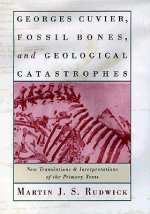
Georges Cuvier, Fossil Bones, and Geological Catastrophes
3210 Kč -
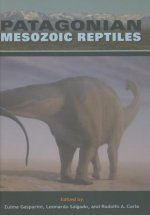
Patagonian Mesozoic Reptiles
1584 Kč -
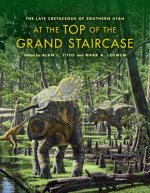
At the Top of the Grand Staircase
2396 Kč -
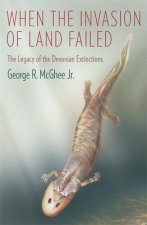
When the Invasion of Land Failed
1662 Kč -
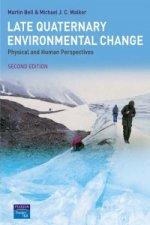
Late Quaternary Environmental Change
1621 Kč -
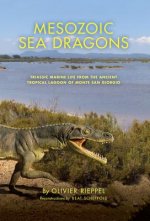
Mesozoic Sea Dragons
2049 Kč -
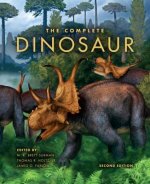
Complete Dinosaur
1682 Kč -
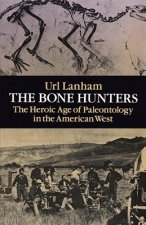
Bone Hunters
425 Kč -

Fossil History of Southern African Land Mammals
4151 Kč -
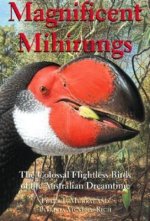
Magnificent Mihirungs
1300 Kč -
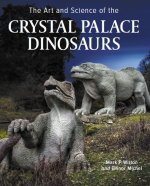
Art and Science of the Crystal Palace Dinosaurs
873 Kč -
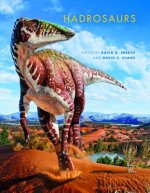
Hadrosaurs
2262 Kč -
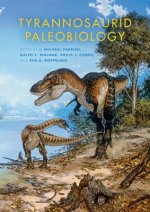
Tyrannosaurid Paleobiology
1703 Kč -

Weird Dinosaurs
664 Kč -

Quest for the African Dinosaurs
854 Kč -

Show Me the Bone
2151 Kč -
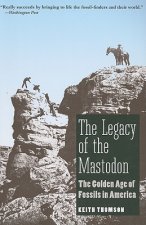
Legacy of the Mastodon
2069 Kč -
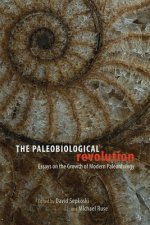
Paleobiological Revolution
1450 Kč -
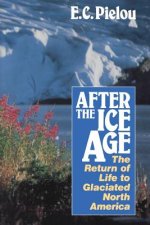
After the Ice Age
608 Kč -
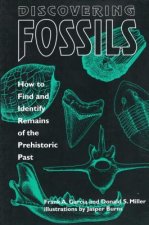
Discovering Fossils
554 Kč -
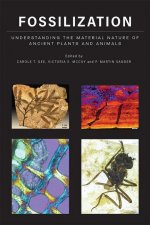
Fossilization
3670 Kč -
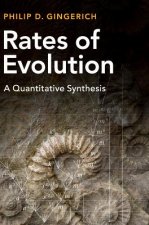
Rates of Evolution
2155 Kč -

Evolutionary Paleoecology
1647 Kč -
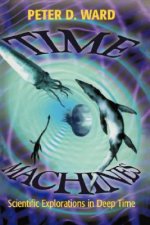
Time Machines
880 Kč -

Second Jurassic Dinosaur Rush
2835 Kč -
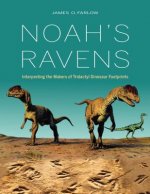
Noah's Ravens
2396 Kč -

William Boyd Dawkins and the Victorian Science of Cave Hunting
949 Kč
Osobní odběr Praha, Brno a 12903 dalších
Copyright ©2008-24 nejlevnejsi-knihy.cz Všechna práva vyhrazenaSoukromíCookies


 Vrácení do měsíce
Vrácení do měsíce 571 999 099 (8-15.30h)
571 999 099 (8-15.30h)